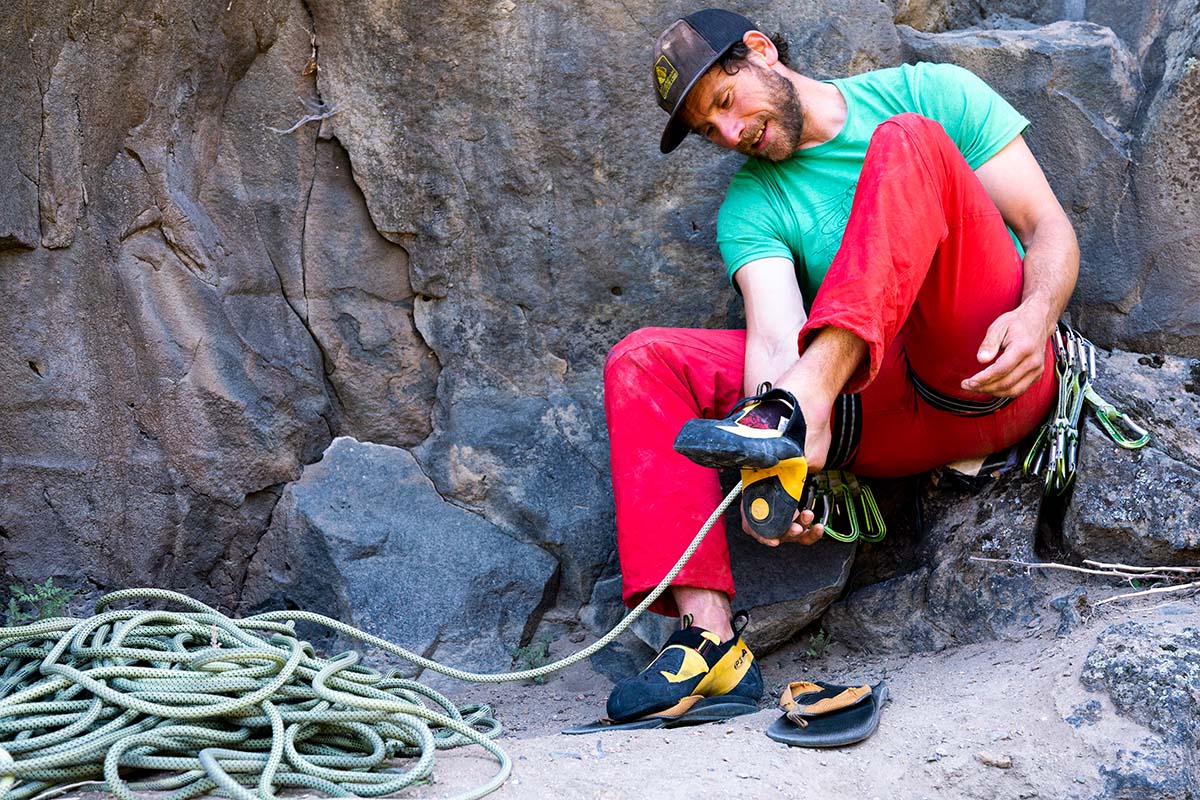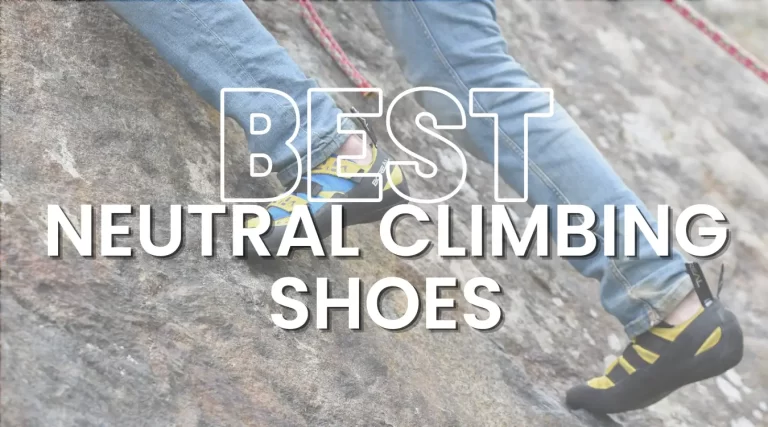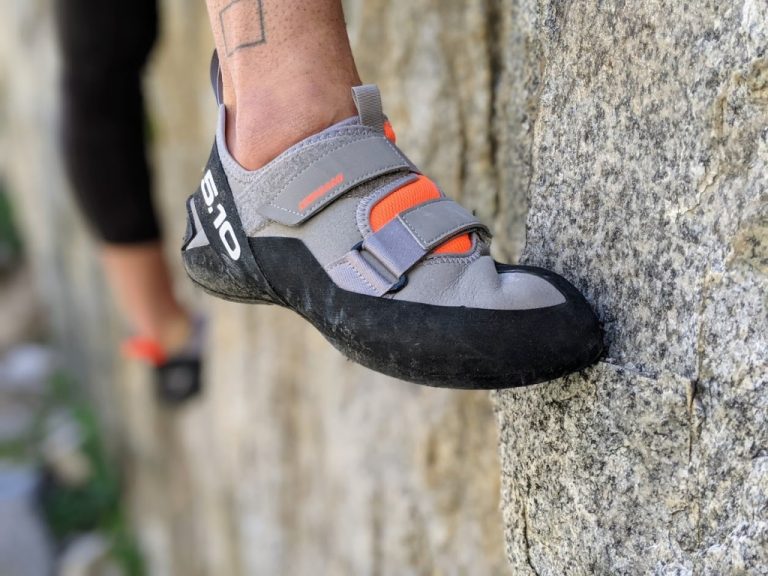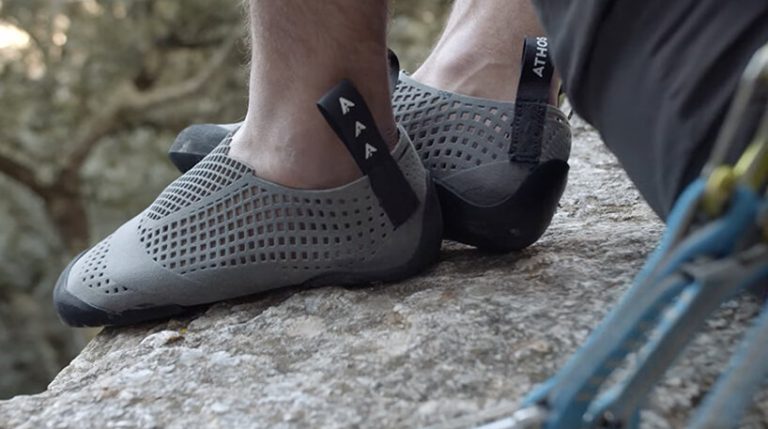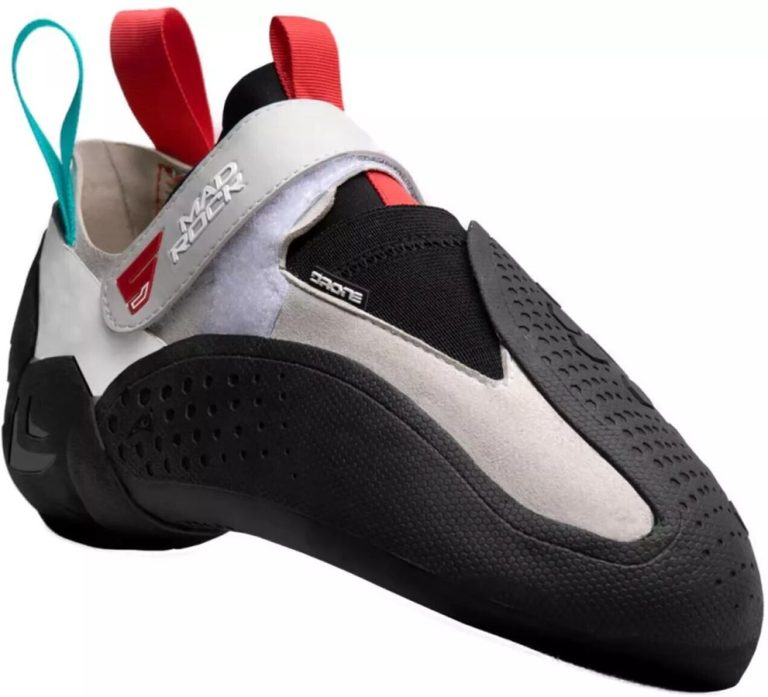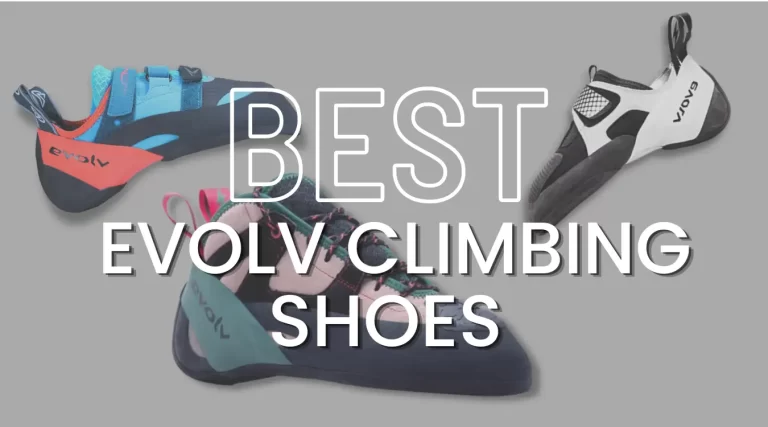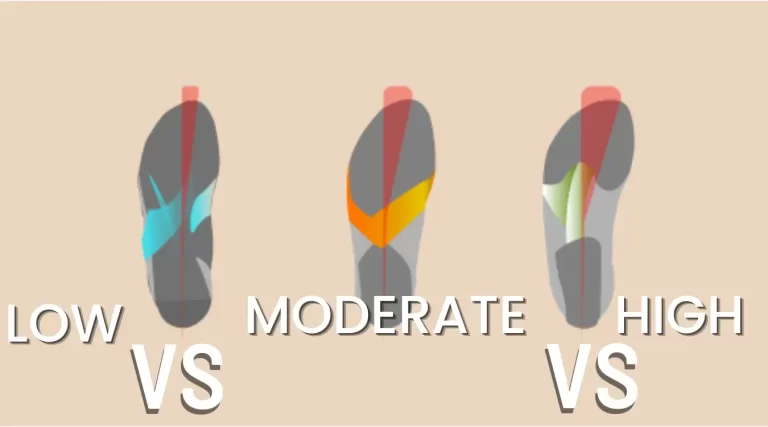Choosing the Right Rock Climbing Shoes: A Comprehensive Guide
Rock climbing is a thrilling and challenging sport, and the right equipment can make a world of difference in your climbing experience. One of the most crucial pieces of gear for any climber is their shoes. At last count, there were over 200 models of rock climbing shoes on the market, with prices ranging from $40 to over $200. These shoes come in various shapes and levels of stiffness, making the task of picking the right pair quite daunting. However, fear not, as we are here to guide you through the process of choosing the perfect climbing shoes to suit your needs.
The Role of Your Big Toe in Climbing
As the saying goes, “The key to climbing better is good footwork.” Your footwork can significantly impact your climbing performance, and it all starts with your big toe. Your big toe serves as the pivot point for your entire foot and plays a critical role in initiating moves, transferring tension, and providing stability. Therefore, it’s essential to ensure that your big toe is properly accommodated in your climbing shoes.
Your big toe won’t be able to perform its role effectively if your shoes are too tight, causing pain and discomfort. Conversely, if your shoes are too loose, you risk slipping off small footholds and edges. To find the perfect fit for your big toe, consider attending a shoe demo, borrowing shoes from friends, or visiting an equipment shop with a demo wall. Don’t make the mistake of buying climbing shoes sight unseen; instead, take the time to find the right fit.
Climbing Shoe Buying and Sizing Tips
To make an informed choice when buying climbing shoes, follow these expert tips:
- Consult a Knowledgeable Salesperson: Discuss your climbing preferences and the type of climbing you plan to do with a salesperson. Their insights can help you choose the most suitable shoes for your needs.
- Know Your Foot Shape: Understanding your foot shape is crucial. Some brands cater to wider, high-volume feet, while others are designed for narrow, low-volume feet. Have a salesperson assess your bare feet to determine which brands or models may work best for you.
- Avoid Overly Tight Shoes: New climbers often make the mistake of buying extremely tight shoes. While snugness is essential, overly tight shoes can lead to discomfort and numbness. It’s better to choose a size that provides a snug yet comfortable fit.
- Consider Performance Shoes: If you’re progressing to more advanced climbing levels, consider shoes with an asymmetrical toebox and moderate downturn for enhanced control and sensitivity on small holds.
- Choose the Right Shoe for the Terrain: Different climbing terrains require different shoe characteristics. For crack climbing, opt for shoes without laces or with laces that don’t cover the toebox. On overhanging terrain, a downturned shoe can provide the necessary grip and precision.
- Think About Comfort: Comfortable shoes are essential for long climbs and training sessions. Consider buying a slightly larger size for all-day comfort.
- Performance All-Arounders: Invest in a performance all-arounder with mild asymmetry and a semi-stiff midsole for versatility on varied pitches.
- Slippers for Training: Slippers are great for training, gym routes, and bouldering. They also help strengthen your feet and improve toe sensitivity.
- Explore Different Lines: Many climbing shoe brands offer multiple versions of the same shoe with varying attributes. If you find a shoe that fits well, explore other versions within the same line.
Breaking In Your Climbing Shoes
Once you’ve chosen the right climbing shoes, it’s essential to break them in properly. Here are some effective methods:
- Wear Them at Home: Spend some time wearing your new shoes at home while watching TV. This will help the shoes adapt to the shape of your feet.
- Short Stints: Initially, wear your tight shoes for short 5- or 10-minute intervals to allow your feet to adjust gradually.
- Use a Shoehorn: If your shoes are still challenging to put on, use the plastic sheet that came with the shoes as a shoehorn. This will make it easier to slide your foot in.
- Gentle Moistening: If your shoes are extremely tight, consider slightly moistening them or using the oven method. However, be cautious as these methods can damage the shoes if not done correctly.
- Test in a Controlled Environment: Before heading outdoors, test your shoes in a controlled environment, such as a climbing gym or on top-rope climbs. This will help you get accustomed to their performance.
- Sole Adjustment: If the sole feels too thick, consider having it ground down by a professional cobbler or try sanding it yourself for a more customized feel.
Choosing the right climbing shoes is a crucial step in enhancing your climbing experience. By following these tips and considering your climbing style and preferences, you can select the perfect pair of shoes that will help you conquer any climbing challenge. Happy climbing!
Frequently Asked Questions
- Are expensive climbing shoes always better than budget options?
- Not necessarily. The best climbing shoe for you depends on your climbing style and preferences. There are excellent budget-friendly options that can perform just as well as high-end shoes.
- How often should I replace my climbing shoes?
- The lifespan of climbing shoes varies depending on use and care. On average, they can last from 6 months to 2 years. Signs of wear include a significantly stretched or worn-out sole, decreased sensitivity, or discomfort.
- Can I resole my climbing shoes to extend their life?
- Yes, many climbing shoes can be resoled to prolong their lifespan. Consult with a professional resoler to determine if your shoes are eligible for resoling.
- Should I wear socks with climbing shoes?
- Climbing shoes are designed to be worn without socks to maximize sensitivity and fit. However, some climbers prefer thin socks for added comfort, especially during longer climbs.
- Do I need multiple pairs of climbing shoes for different types of climbing?
- While it’s not necessary, having different pairs of climbing shoes for various terrains and styles can enhance your performance. It allows you to choose the most suitable shoes for each climbing scenario.
